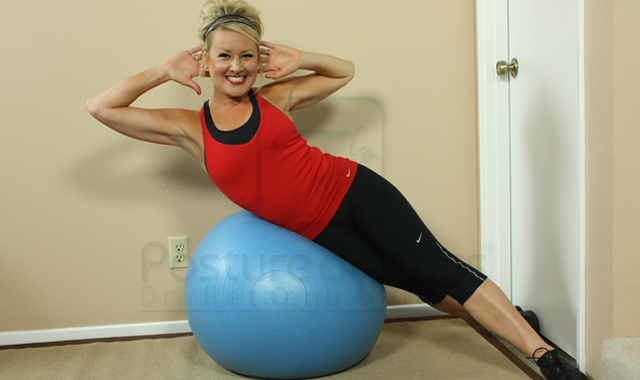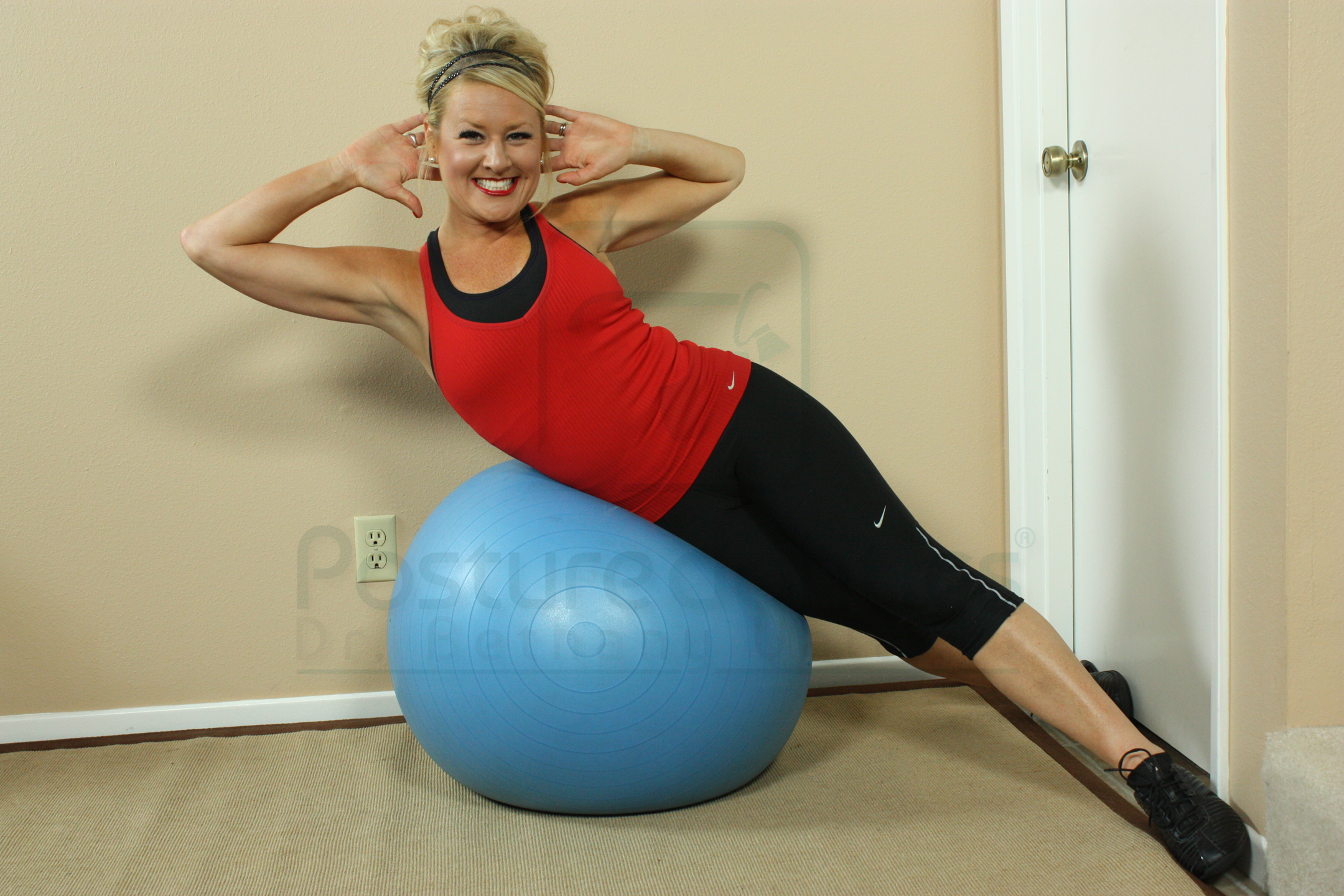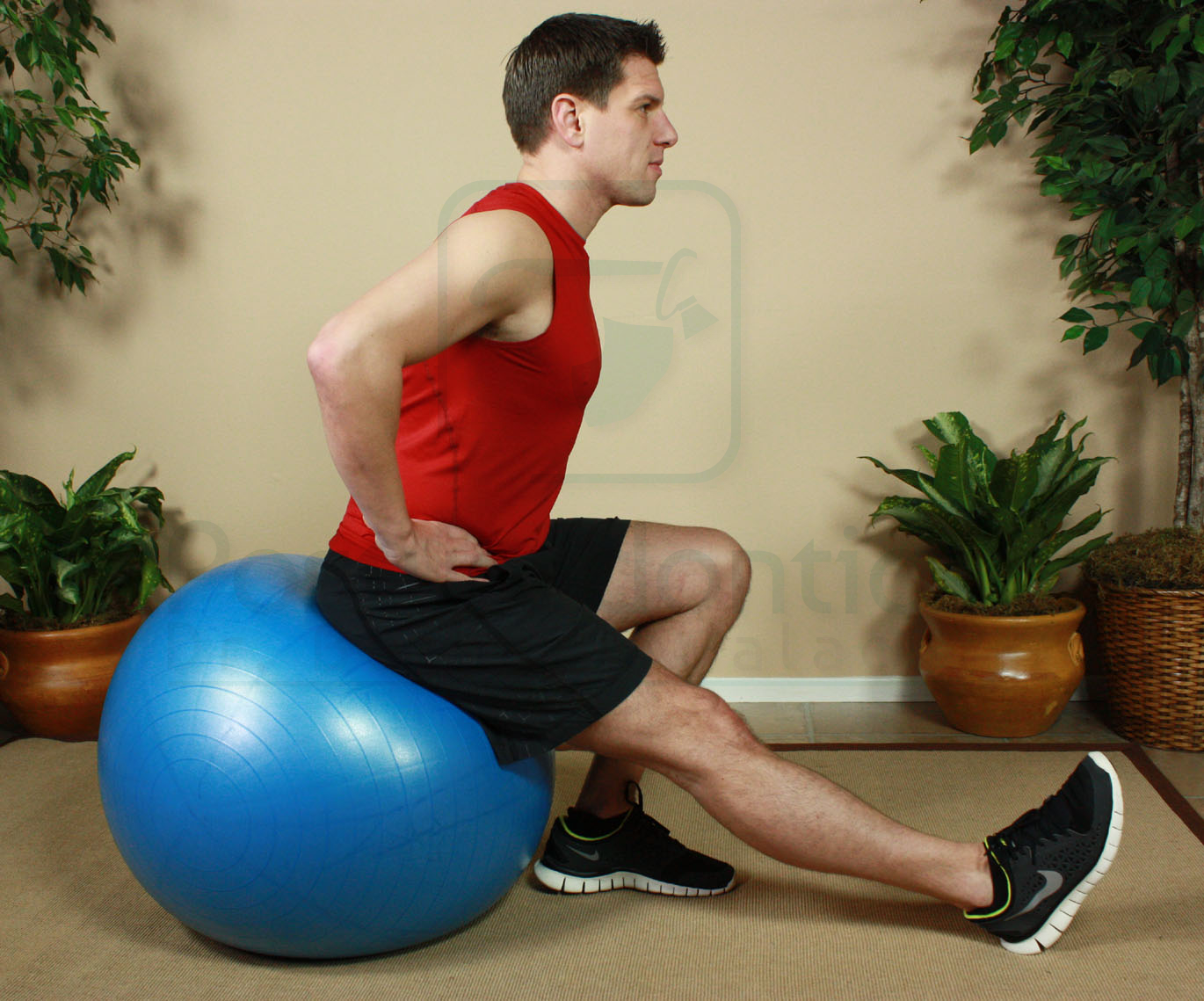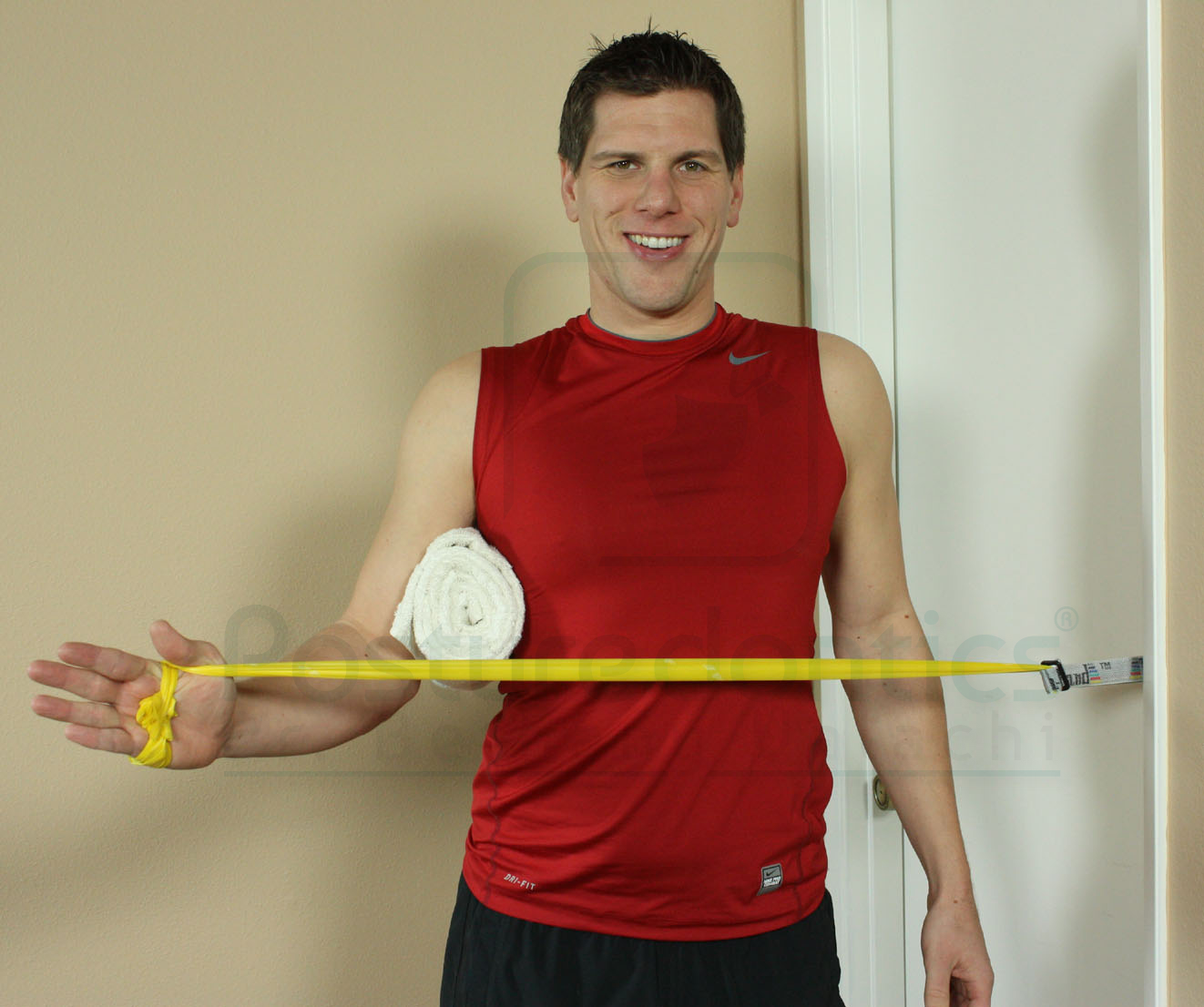8 things dental professionals need to know about exercise
The exercises that work for the average person can be damaging to a dental professional’s health - but do you know which ones are dangerous?

As I have discussed in previous articles, dental professionals are prone to unique muscle imbalances and require corrective exercise to prevent pain and injury and ensure a long career. Certain exercises that aren’t a problem for the general public can throw dentists into the ‘vicious pain cycle.’
The research on exercise is constantly evolving. Let’s take a look at some interesting exercise facts that dentists may want to consider when selecting an exercise program.
A Swiss exercise ball is an effective exercise aid that decreases pain
Studies show that exercises performed on the Swiss ball elicit more muscle activity than when performed on a stable surface (Duncan 2009). Also, the exercise ball has been shown to be a very effective tool in rehabilitating low back pain (Marshall 2006). What’s more, the exercise ball is an inexpensive and easy way to perform effective workouts in the comfort of your own home.
Trending article: The top exercises that can worsen dental professionals' health
Side-lift exercise

Stretching improves strength
Believe it or not, it’s true - static stretching leads to better strength and endurance, which improves specific exercise performance, per a Louisiana State University study. Of course, stretching won’t take the place of resistance training or aerobics, but it does show benefits on a much smaller scale (Kokkonen, Nelson 2007). Having said that, whether performed before, during or after vigorous exercise, stretching does not appear to reduce post exercise soreness (Herbert, Noronha, et al. 2011).
Crossfit and injuries
Surprisingly, the rate of injuries in Crossfit is comparable to Olympic weightlifting, distance running, track and field, rugby or gymnastics (Meyer 2017; Montalvo 2017). In other words, this is not an appropriate exercise regimen for beginners!
For dentists who are prone to imbalances, several exercises must be removed for safety, including the deadlift, which is a ballistic move and requires a great deal of core stability and correct technique to be performed safely.
Related reading: Two exercises that can help keep dental professionals pain-free
Lumbar stabilization exercise

Pilates and low-back pain
A study of patients with chronic low-back pain found that the Pilates program did not improve functionality or pain levels any better than traditional lumbar stabilization exercises (Pereira, Obara 2011). In fact, many Pilates moves can actually worsen existing muscle imbalances in dental professionals, including lifting the head off the floor for long periods of time and reaching overhead to push/pull.
Exercise can prevent back and neck pain
In a study evaluating different preventive interventions for back and neck pain, (including ergonomics, lumbar supports, exercise and education), only specific exercises provided enough evidence to conclude that they are an effective preventive intervention (Linton, vanTulder 2001). Stabilizing exercises focused on improved muscular endurance is particularly protective against low back pain (McGill 2002).
Continue to page two for more...
Tight hamstrings can flatten your back
Seated hamstring stretch

In seated occupations such as dentistry, where you sit with the knees in a flexed position, tight hamstrings can actually flatten or reverse your low-back curvature. What can you do? Stretch your hamstrings - both chairside and at home (Stokes, Abery 1980).
• Extend one leg until knee is straight.
• Keep back straight and lift chest up.
• Pivot forward from the hips until you feel a stretch at the back of your thigh.
• Hold for 30-40 seconds.
Trending article: 5 steps to a pain-free dental career
Sit-ups may be damaging
Full sit-ups were a cornerstone of fitness regimens for decades in the 1960s-1980s. Luckily, the healthcare system ‘woke up’ and realized this prescription may be damaging the backs of many people - not improving their health. You are actually strengthening the hip flexor muscles during the last half of this exercise.
A healthier alternative is a partial crunch, where only the shoulder blades (or one shoulder blade) are lifted off the floor and briefly held. This produces plenty of resistance for the abdominal muscles without creating strain on the low back (McGill 2002).
Trending article: How do certain sports impact dental professoinals' health?
External rotation exercise

Elastic band or dumbbells?
I’m often asked by male dentists if dumbbells give them a better workout than elastic bands. The answer is a resounding no. In fact, the muscle activation obtained by both are comparable (Andersen, Andersen 2010). So, feel free to mix it up for variety if you’d like. You should, however, progress from lighter resistance bands (yellow) to higher resistance bands (red) when the exercise feels too easy.
For more ways to balance your musculoskeletal health, check out Dr. Valachi's Home Exercise for Dental Professionals exercise program. Use code OTB2018 to receive a discount. Learn more here: http://bit.ly/HomeExerciseDentists.
References
Duncan M.Muscle activity of the upper and lower rectus abdominis during exercises performed on and off a Swiss ball. J Bodyw Mov Ther 2009;13(4):364-7.
Marshall PW, Murphy BA. Evaluation of functional and neuromuscular changes after exercise rehabilitation for low back pain using a Swiss ball: a pilot study. J Manipulative Physiol Ther. 2006;29(7):550-60.
Kokkonen J, Nelson AG, Eldredge C, Winchester JB. Chronic static stretching improves exercise performance.
Med Sci Sports Exerc. 2007;39(10):1825-31.
Herbert RD, de Noronha M, Kamper SJ. Stretching to prevent or reduce muscle soreness after exercise.
Cochrane Database Syst Rev. 2011 Jul 6;(7).
Meyer J, Morrison J, Zuniga J. The Benefits and Risks of CrossFit: A Systematic Review. Workplace Health Saf. 2017 Mar 1.
Montalvo AM, Shaefer H, Rodriguez B, Li T, Epnere K, Myer GD. Retrospective Injury Epidemiology and Risk Factors for Injury in CrossFit. Journal of Sports Science and Medicine 2017;16:53-59.
Pereira LM, Obara K, Dias JM, Menacho MO, Guariglia DA, Schiavoni D, Pereira HM, Cardoso JR. Comparing the Pilates method with no exercise or lumbar stabilization for pain and functionality in patients with chronic low back pain: systematic review and meta-analysis. Clin Rehabil. 2012;26(1):10-20.
Linton S, van Tulder M. Preventive interventions for back and neck pain problems: what is the evidence? Spine 2001;26(7):778-87.
McGill S. Low Back Disorders: Evidence-Based Prevention and Rehabilitation. Human Kinetics, Champaign, IL. 2002.
Stokes I, Abery J. Influence of the hamstring muscles on lumbar spine curvature in sitting. Spine 1980:5(6):525-8.
Andersen L, Andersen C, Mortensen O, et al. Muscle activation and perceived loading during rehabilitation exercises: comparison of dumbbells and elastic resistance. Physical Therapy 2010; 90(4):538-50.
Oral Health Pavilion at HLTH 2024 Highlighted Links Between Dental and General Health
November 4th 2024At HLTH 2024, CareQuest, Colgate-Palmolive, Henry Schein, and PDS Health launched an Oral Health Pavilion to showcase how integrating oral and general health can improve patient outcomes and reduce costs.
Episode 31: Dentsply Sirona Implant Announcements
September 30th 2021DPR’s Editorial Director Noah Levine sat down with Gene Dorff, Dentsply Sirona’s group vice president of implants and Dr. Dan Butterman to review several big announcements the company made in the arena of implants during Dentsply Sirona World 2021 in Las Vegas.